Chronic non-specific low back pain (CNSLBP) is defined as back pain that lasts longer than 12 weeks. Capacitive and resistive electric transfer (TECAR) therapy utilizes radiant energy to generate endogenous heat and is widely used for the treatment of chronic musculoskeletal pain. The aim of this study was to investigate the efficacy of manual therapy (MT) program combined with TECAR therapy in individuals with CNSLBP.
Materials and Methods:
Sixty adults with CNSLBP were divided equally into 3 groups.
First group followed an MT protocol in the lumbar region (MT group),
Second group followed the same MT protocol combined with TECAR therapy (MT + TECAR group) using a conventional capacitive electrode as well as a special resistive electrode, and the
third group (control group) received no treatment.
*Both intervention programs included six treatments over two weeks.
Conclusions
The application of an MT protocol with TECAR seems to improve pain and disability further than conventional MT in individuals with CNSLBP. The positive effect seems to be due to the combination of mechanical and thermal effects offered simultaneously by the two therapeutic methods. Moreover, the MT + TECAR combination seems to improve local sensitivity in the lumbar region more effectively. However, the greatest effect was found in fluid-poor tissue areas (such as tendons, joints, and bones) and less so in muscles. Finally, the thermal effect of TECAR seems to be responsible for improving mobility in the lumbo-pelvic region. In most measures, the improved values between the participants who followed the MT protocol with TECAR and the other groups were maintained for months after the end of the treatments. However, the short duration of the intervention only gives us some indications without allowing safe conclusions to be drawn. More long-term research in the future might be able to shed more light on the matter.
Keywords: chronic low back pain; manual therapy; capacitive and resistive electric transfer therapy
https://www.mdpi.com/1648-9144/59/7/1275
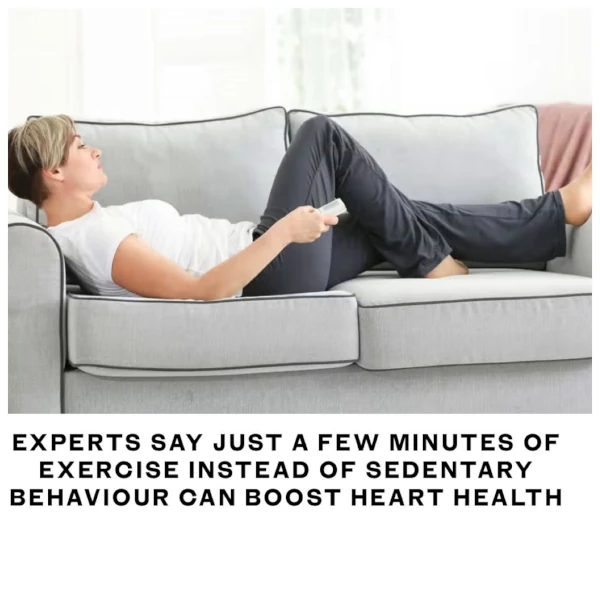
Few minutes of exercise
Experts say just a few minutes of exercise instead of sedentary behaviour can boost heart health Any activity – even sleeping or standing – is better for your heart than sitting down, research suggests. New evidence reinforces why sedentary behaviour is a killer and...
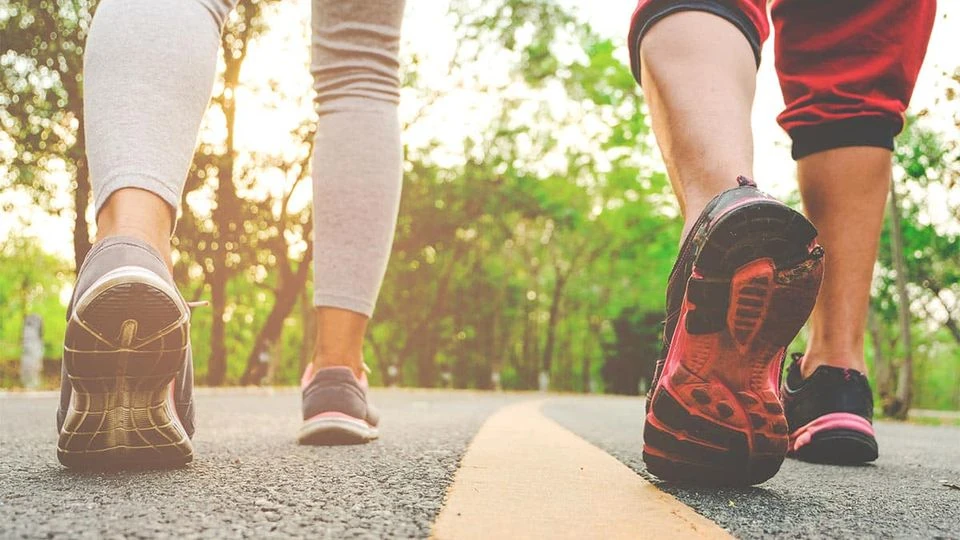
Benefits of walking after eating
Benefits of walking after eating Walking is a low-impact exercise that's easy on your joints and can be done just about anywhere. But, did you know there are specific benefits of walking after eating? Here are five benefits of walking after eating. Some of them may...
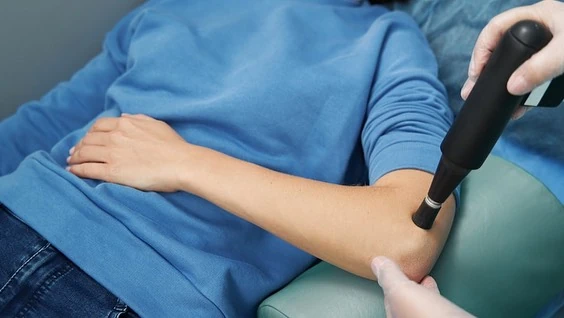
Shockwave Therapy
Shockwave Therapy Shockwave Therapy is a treatment modality for a variety of lower and upper limb conditions. These include: Tennis elbow; Golfer’s elbow; Greater trochanteric pain syndrome; Proximal hamstring tendinopathy; Patella tendinopathy; Insertional Achilles...
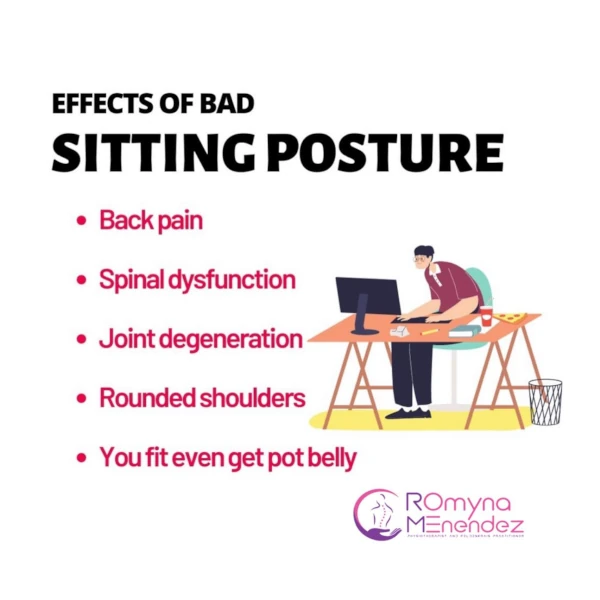
Improve your posture with physiotherapy
Improve your posture with physiotherapy Physiotherapy is a proven treatment to improve posture. Physiotherapists will use a combination of hands on treatment, stretches, and physiotherapy exercises to help correct poor posture and re-balance the body. About Me My name...
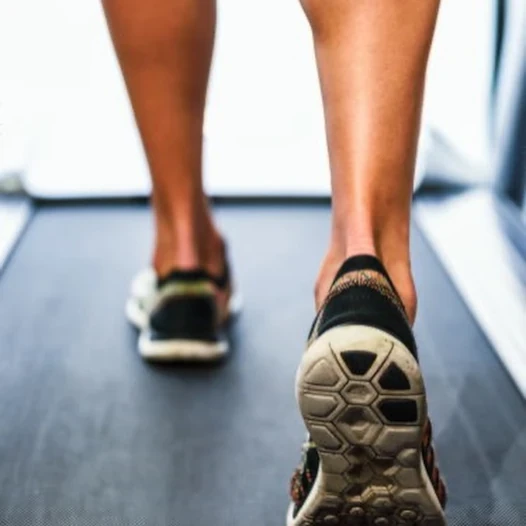
Walking backwards is good
Walking backwards Walking is more complicated than many of us realize. Remaining upright requires coordination between our visual and proprioceptive (awareness of where our bodies are in space) systems. When we walk backwards, it takes longer for our brains to process...

What is Fascia?
Fascia: what is it, how do you train it, and why bother? If you’ve dealt with stiffness and pain in the recent past, you may have come across fascia training — an approach that many in the fitness are encouraging people to do. That means working to improve the health...

World Physiotherapy Day
World Physiotherapy Day In 1996, 8 September was designated as World PT Day. This is the date World Physiotherapy was founded in 1951. The day marks the unity and solidarity of the global physiotherapy community. It is an opportunity to recognise the work that...
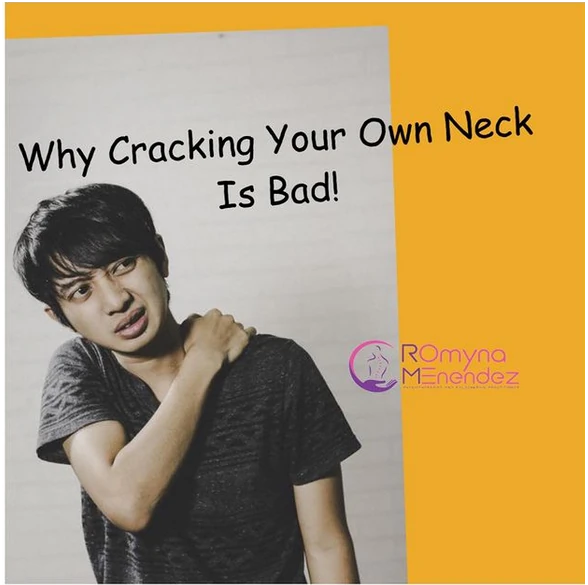
Why cracking your own neck is bad!
Why cracking your own neck is bad! We’ve all seen people “crack” their necks to try to relieve pain or stiffness. When you crack your neck, the action releases gas or fluid from the joints surrounding the neck. The cracking, usually makes you feel better temporarily....

TMJ Dysfunction
What is TMJ dysfunction? TMJ dysfunction is inflammation of the TMJ, which connects the jaw to the skull. This can cause pain and reduced function. The TMJ is a complex joint and can be affected by several problems: Cross bite; Posture; Stress/nervous habits;...
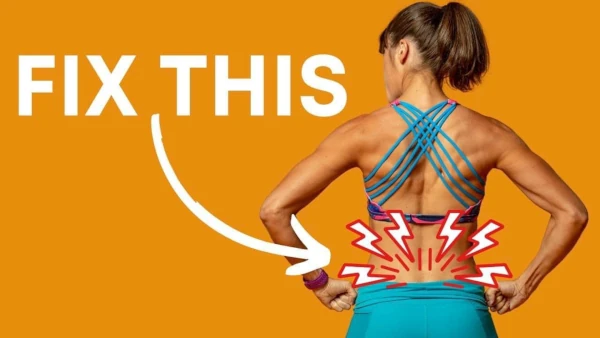
Treating Acute Back Pain
Most cases of acute back pain can be treated using self-help techniques: Medication Sitting Good posture; Back pain supplements; Driving Good posture; Compression packs; Remember, your spine likes movement. Try and change position every 20 – 30 minutes! There is no...
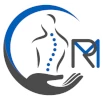

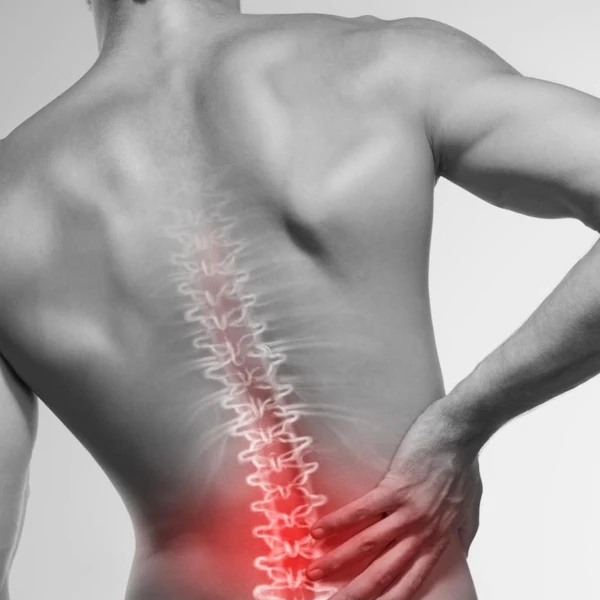
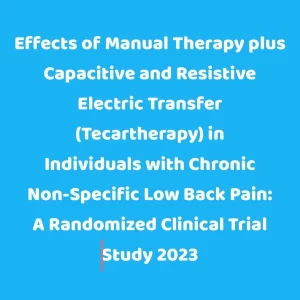
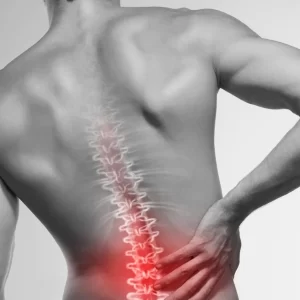
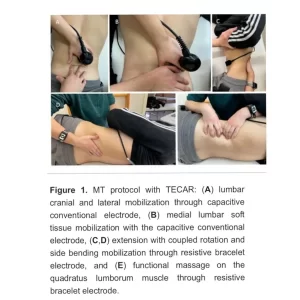
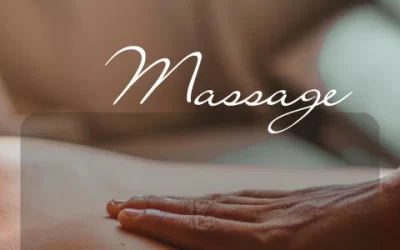
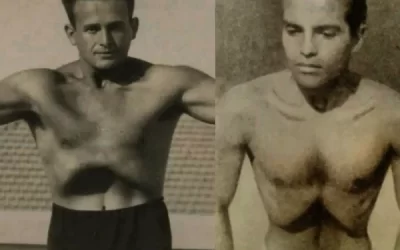
0 Comments